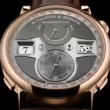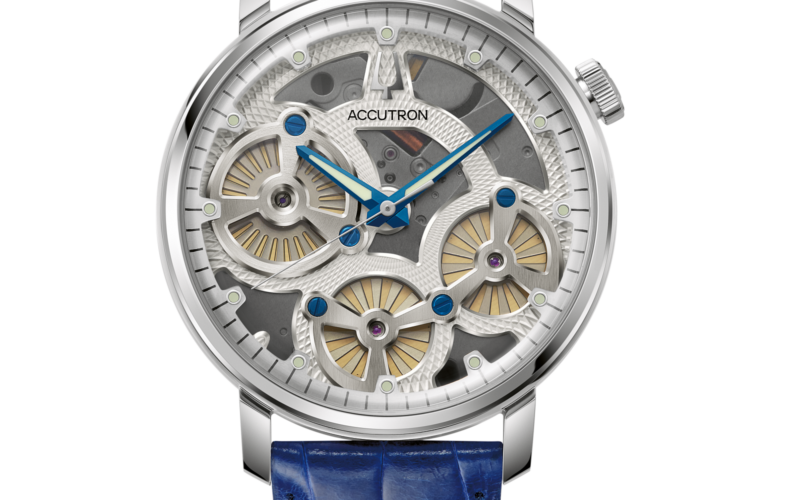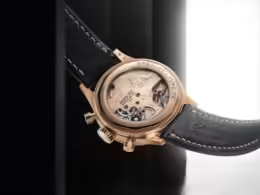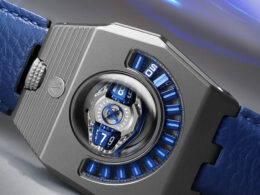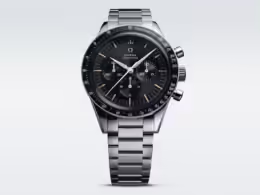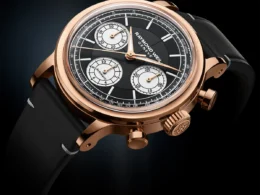In an era where smartwatches dominate headlines and mechanical purists debate balance wheel philosophies, Accutron has chosen a deliciously contrarian path: reviving the revolutionary tuning fork technology that once represented the pinnacle of timekeeping precision.
The new Spaceview 314, launching in late 2025, brings back the 360Hz electromagnetic marvel that made Accutron watches essential equipment for NASA missions and railroad conductors alike. With pricing from $5,990 in steel to $31,500 in gold, this isn’t nostalgia for its own sake—it’s a celebration of an alternative timeline where electric timekeeping evolved differently.
Tuning Fork Renaissance
The original Accutron tuning fork movement was nothing short of revolutionary when it debuted in 1960, achieving accuracy within two seconds per day when mechanical watches struggled to maintain minute-per-day precision.
By eliminating the balance wheel entirely and relying on electromagnetic vibration at 360Hz, Accutron created a timepiece that was neither purely mechanical nor conventionally quartz. This technological middle ground made Accutron watches coveted by professionals who needed reliable precision long before quartz became ubiquitous.
What makes the 314 revival particularly compelling is how Accutron has enhanced rather than merely recreated the original concept. The movement now features refined aesthetics with perlage and Geneva stripes, repositioned crown at 4 o’clock, and improved magnet materials using Samarium-Cobalt instead of Alnico.
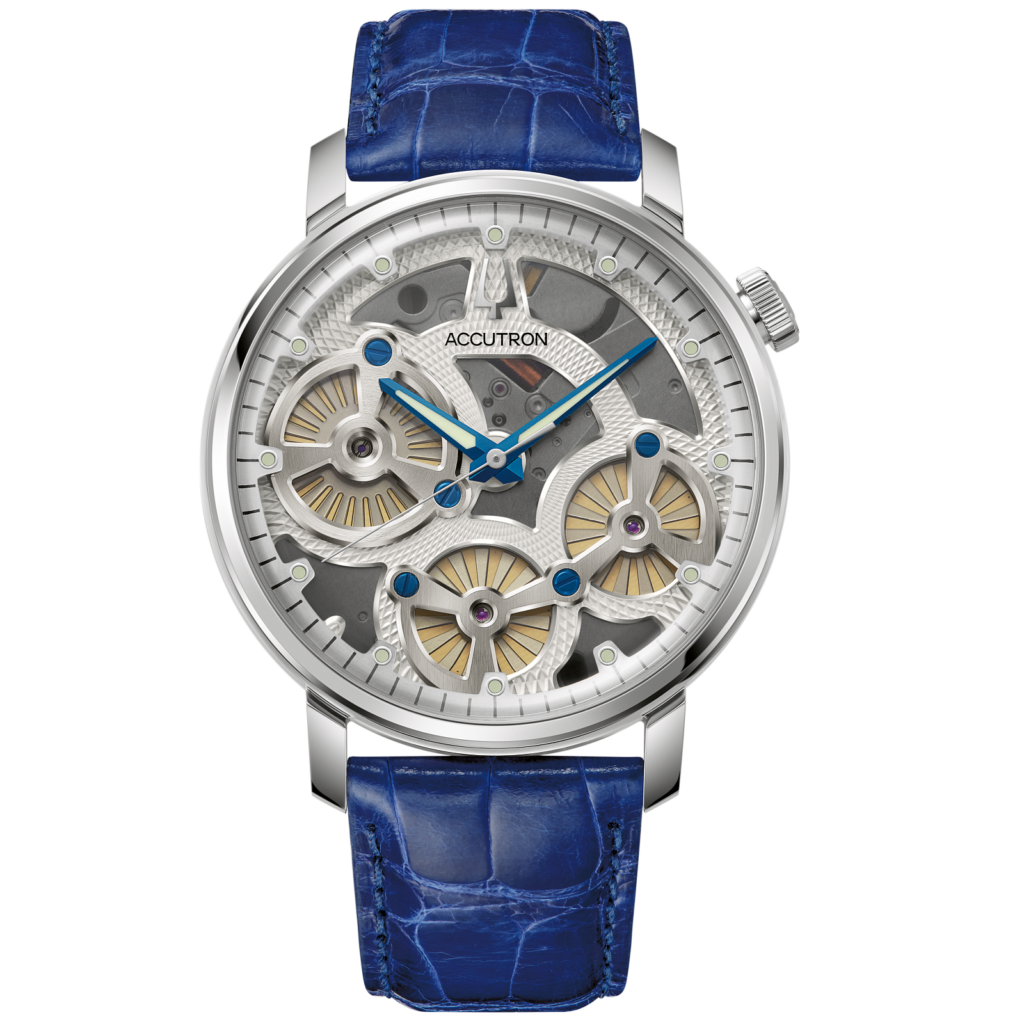
These aren’t merely cosmetic updates—they represent genuine improvements to functionality and longevity while maintaining the visual drama that made the original Spaceview so captivating.
Space Age Aesthetics
The technical refinements in the 314 movement demonstrate Accutron’s commitment to advancing rather than merely replicating vintage technology. The relocated and enlarged index wheel increases the number of teeth, further smoothing the already silk-like sweep of the seconds hand that distinguishes tuning fork movements from both mechanical and quartz alternatives.
The addition of stop-seconds functionality addresses a practical limitation of the original design, while the conventional display caseback replaces the previous crown-and-battery-hatch arrangement for improved usability.
Perhaps most importantly, the electrical components have been completely redesigned with modern materials and assembly techniques. Capacitors and wires are now properly secured to the distinctive green movement plates, while additional bridges provide improved structural integrity.
The vertically brushed new bridge creates visual interest that complements the movement’s inherently futuristic appearance, while maintaining the see-through dial concept that made the original Spaceview so mesmerizing.
The case offerings span from practical to luxurious, with 904L stainless steel at $5,990 providing exceptional corrosion resistance typically reserved for much more expensive timepieces.
The titanium variant at $6,200 offers premium lightweight comfort, while the 18k yellow gold version at $31,500 transforms the space-age technology into genuine luxury territory. Each features the signature open dial with appropriately matched case rings that frame the movement without overwhelming its visual impact.
The 39mm case diameter ensures contemporary wearability while the 13.4mm thickness accommodates the complex electromagnetic components. Water resistance remains modest at 30 meters, reflecting the watch’s positioning as a sophisticated timepiece rather than sports tool. The hand-assembled nature of each movement ensures exclusivity without artificial limitation, creating natural scarcity based on manufacturing complexity rather than marketing strategy.
Available in late Q3 or early Q4 2025, the Spaceview 314 represents more than mere vintage revival—it’s proof that alternative approaches to timekeeping can still capture imagination and deliver genuine technical innovation.



